Presentation of horse & rider in Working Equitation
Working Equitation as an international competition discipline enables riders to present their national working riding style. This is reflected in the true-to-style presentation of horse and rider, as well as the wide variety of breeds that make this discipline so fascinating and diverse.
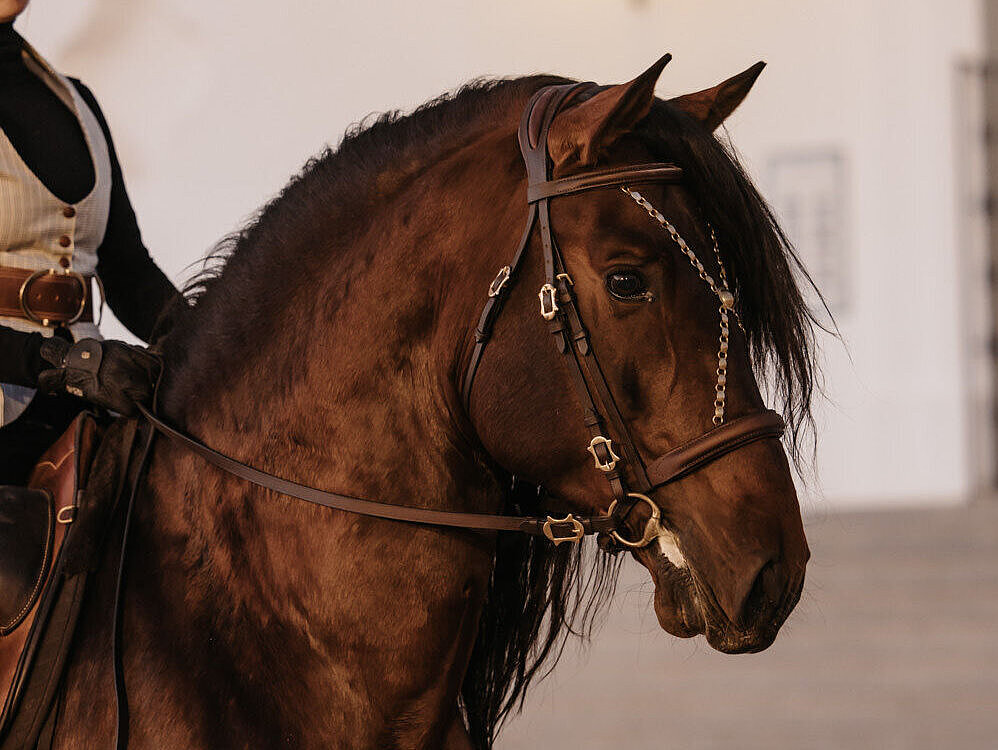
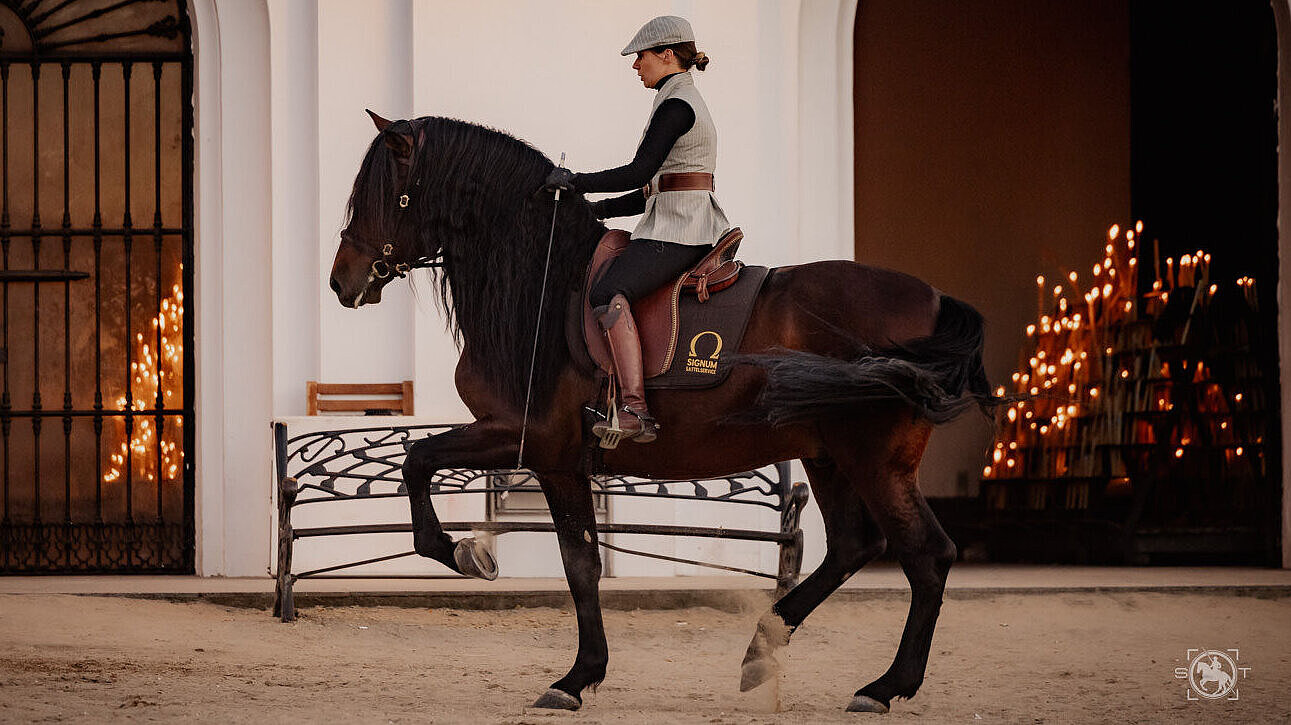
Breed diversity in Working Equitation
Not only the southern European horse breeds such as the Camargue horses, the Pura Raza Espanola, the Lusitanos or the Murgesen have been bred according to the requirements for working in the field - the equipment of the cattle herdsmen has also developed and proven itself over centuries according to the requirements of the cattle herdsman and his work in the field.
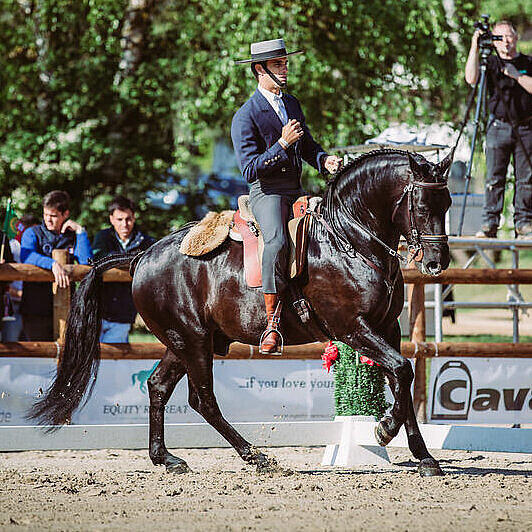
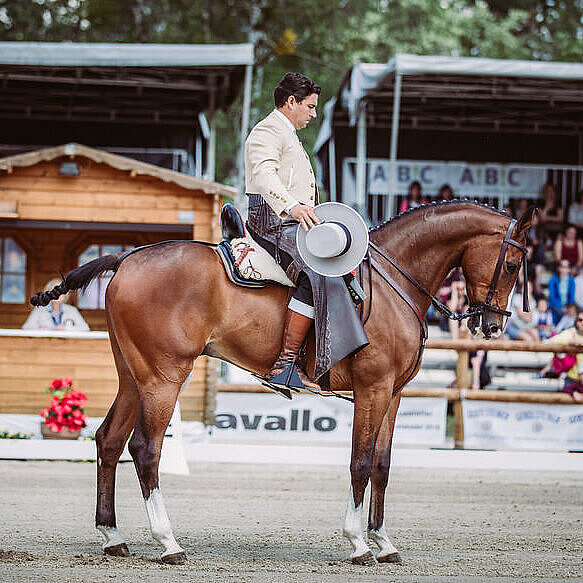

The stylish equipment of a Spanish vaquero, a Portuguese campesino or a French gardian is noble, yet functional and practical at the same time. Every element of their equipment has a meaning and purpose for their daily work on horseback. Unnecessary jewellery, filigree decorations or glittering ornamental parts would be out of place here.
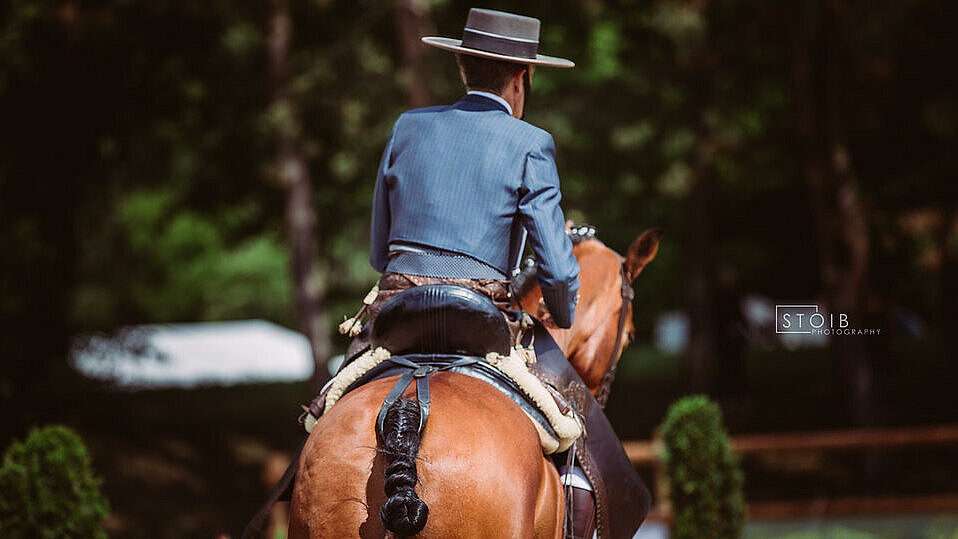
The high-tied horse tail looks noble, but actually has an important purpose. It is intended to prevent cattle and fighting bulls from feeling provoked or the tail from getting caught in undergrowth when riding through rough terrain.
Typical horse breeds & traditional costumes of the riders
The fascination arises from the diversity of Working Equitation breeds and the deliberately desired and varied presentation of horse and rider in the costume and equipment of their national working riding style.
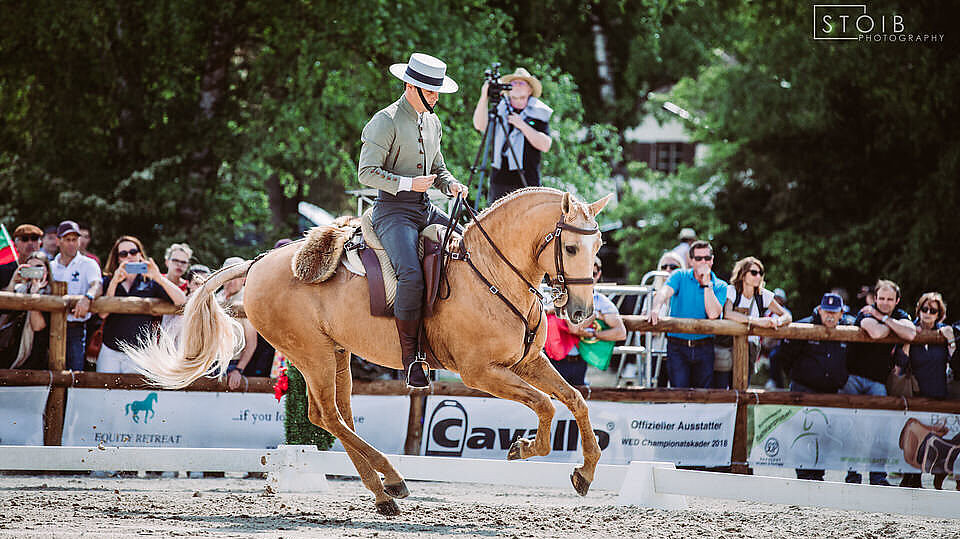
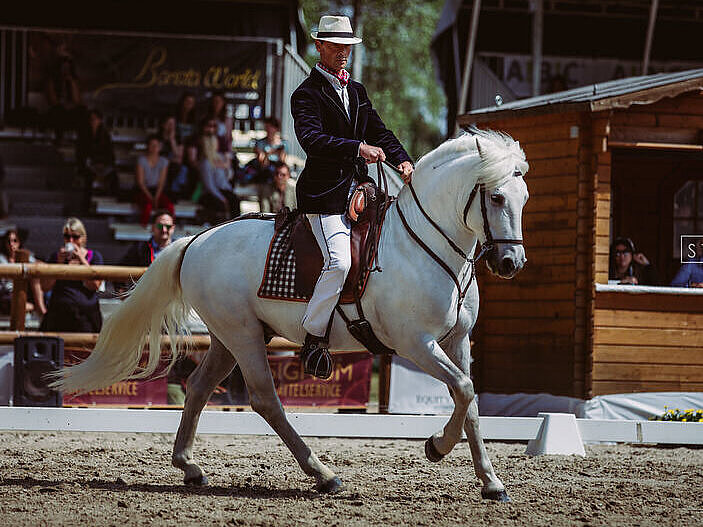
The rider should present a riding style such as the Spanish, Italian or Portuguese riding style, the Carmargue riding style or the riding style of Argentina or Western riding. It is not desirable to mix stylistic elements of these riding styles. The stylistically correct presentation of the horse and rider pair is assessed in the presentation score and is therefore included in the overall score.
Is there a traditional German working riding style?
But what traditional and national working riding style do the German Working Equitation riders present? Germany itself has no traditional working riding style based on cattle work on horseback. However, there were cavalry units until a few decades ago. For this, the horse was also trained to ride with one hand on the reins.
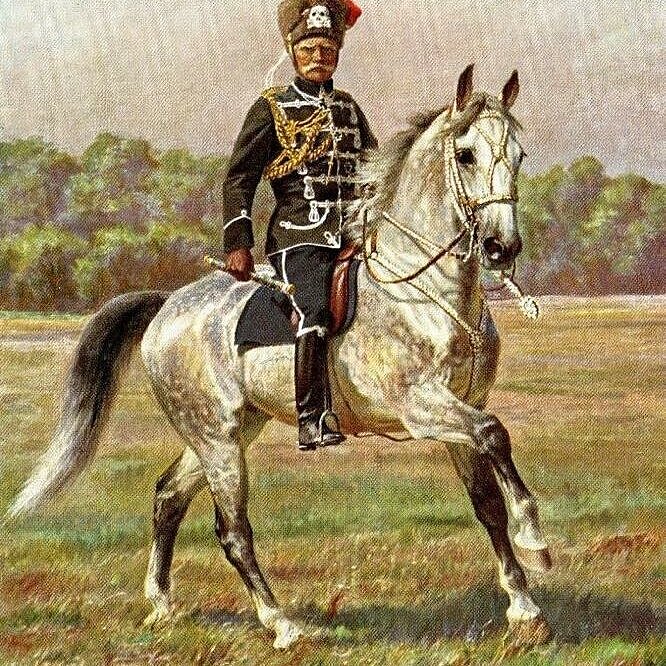
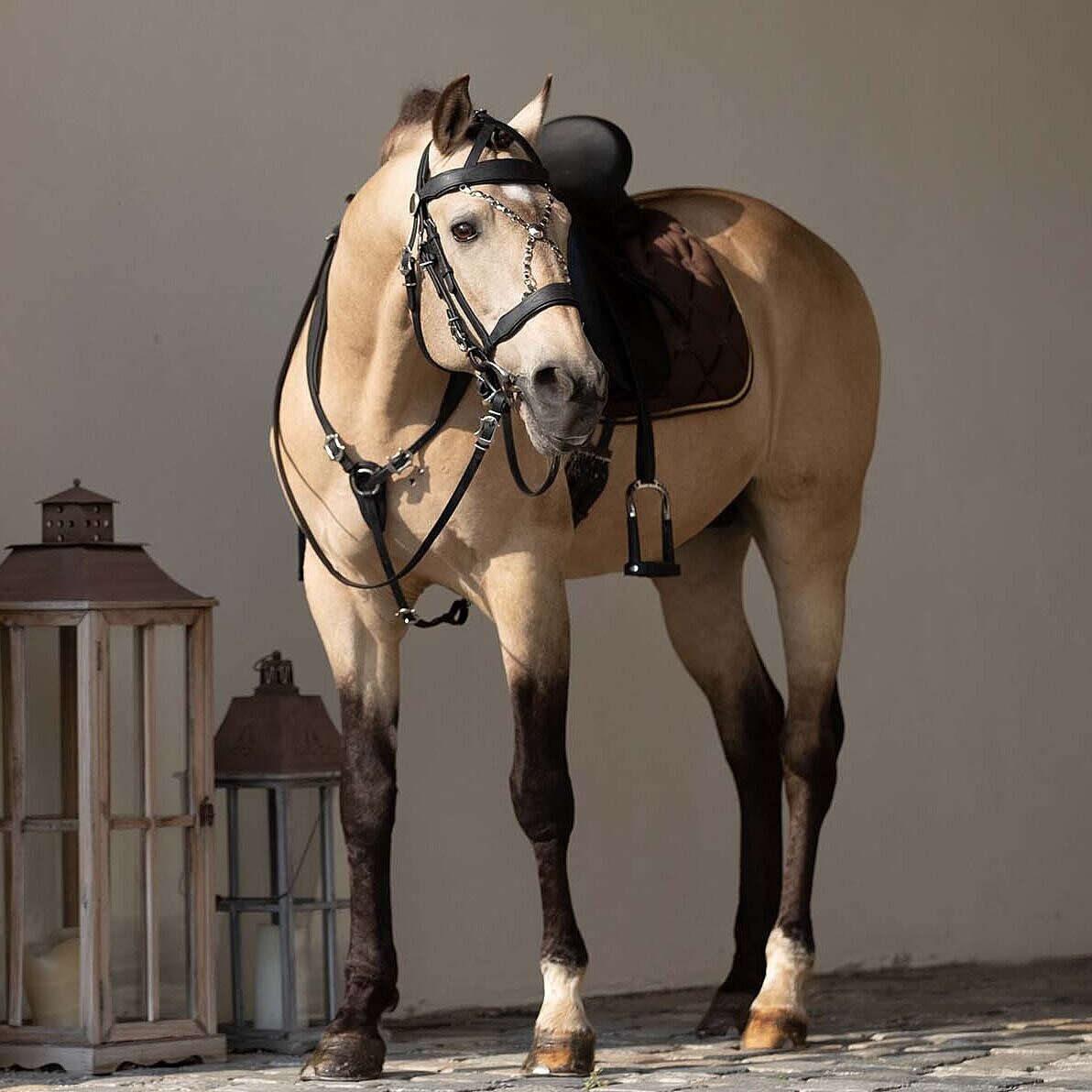
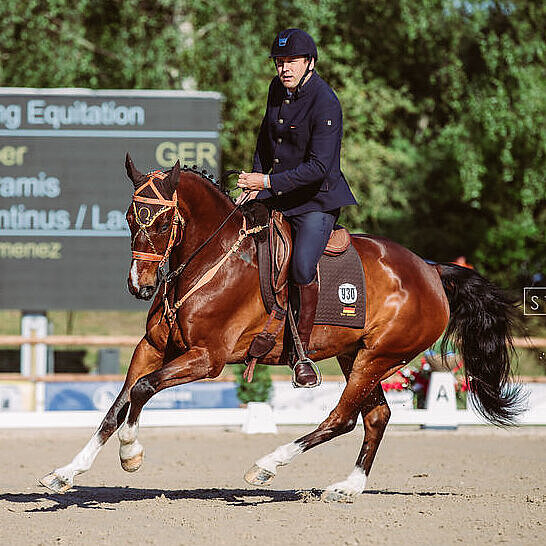
The free hand was not needed for the garrocha, but for a lance or sword. Up until the 1970s, it was still taken for granted that difficult dressage exercises had to be performed with one hand in the riding master competitions. Apart from the cattle work, there are also many parallels and similarities in the aim of training a reliable and courageous partner. Based on the origins of this (working) riding style, the German Working Equitation riders represent this heritage with the now world-famous officer's bridle - a replica of an officer's bridle from before 1930.
The rider's clothing
Specifications from the German regulations of the WED e.V. regarding the national outfit of German Working Equitation riders:
- Clothing and equipment should be in muted colours
- A long-sleeved, high-necked shirt is worn, which is combined with a waistcoat
- Neckerchief or tie
- Long trousers and riding shoes or boots are worn
- From class L in dressage and the style trail a jacket matching the chosen style
